Imagine a stage where algorithms combine with investments, mobile apps with transactions, and where blockchain secures financial accounts.
It’s what happens within the Fintech industry.
And here, a well-crafted content strategy doesn’t just cue the notes.
It crafts a compelling narrative that resonates with digital-savvy audiences and financially curious minds alike.
In today’s article, learn how to create a Fintech content strategy to help your business grow organically in today’s rapidly growing niche.
Let’s get started.
How Does Content Strategy Help Fintech Companies Achieve Expectations
Goals determine what tools, skills, and resources you need to achieve them. After all, you would not build a ladder to climb the moon.
So, let’s look at some goals you should strive to achieve with content marketing within your Fintech company.
The overall aim of Fintech content marketing is to:
- Drive visitors and leads in the direction you want them to go
- Present your product in a useful way
- Boost brand recognition
- Showcase your expertise
- Create a pool of loyal customers and followers
- Generate conversions
- Drive company revenue
In essence, all goals work like to achieve the last one. And a chain is as strong as its weakest link.
So, you need to work on all of them to lead the audience from top to bottom of the marketing funnel.
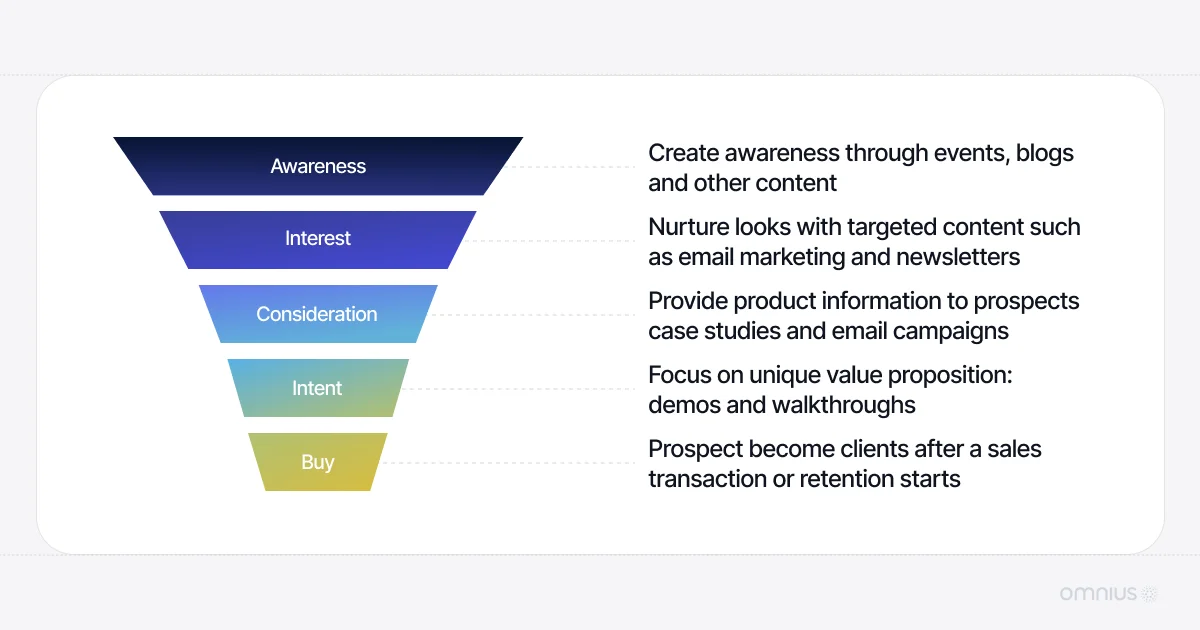
How Does Content Strategy Help Fintech Companies Achieve Goals?
Content strategy is a detailed document with information about:
- Keyword research and topical map
- Tools you need to use to achieve goals
- Success monitoring procedures
- Task Delegation
- Quality control
- Timetable for best results
Such a list helps you avoid any mistakes in the production and distribution process.
And you know what it costs to make mistakes in the Fintech industry.
Now that we know where we want to go, let’s see what is the best way to get there.
9 Points You Should Include in Fintech Content Marketing Strategy
We will break this massive task into smaller segments.
First, it is easier for you to digest everything we talk about.
And second, we’ll break it down in a similar fashion for each of our projects.
1. Make Your Strongest Selling Point Center Piece of Content
The idea is to make the strongest segment of your product visible from the start till the end.
As a company, you can not cover all the problems or needs the Fintech industry has, but you have a solution for a few of them.
In Fintech marketing, we can separate those messages into 2 categories:
A. Unique Value Proposition – What Does Your Product Provide Users With?
We can see such an approach on a page for investment consulting company Oportun, for example.
The proposition is that their app offers you a simple and reliable investment platform. What sets it apart is the availability of an individual trading program.
So value proposition indicates what customer gets when they subscribe to the Oportun investment platform.
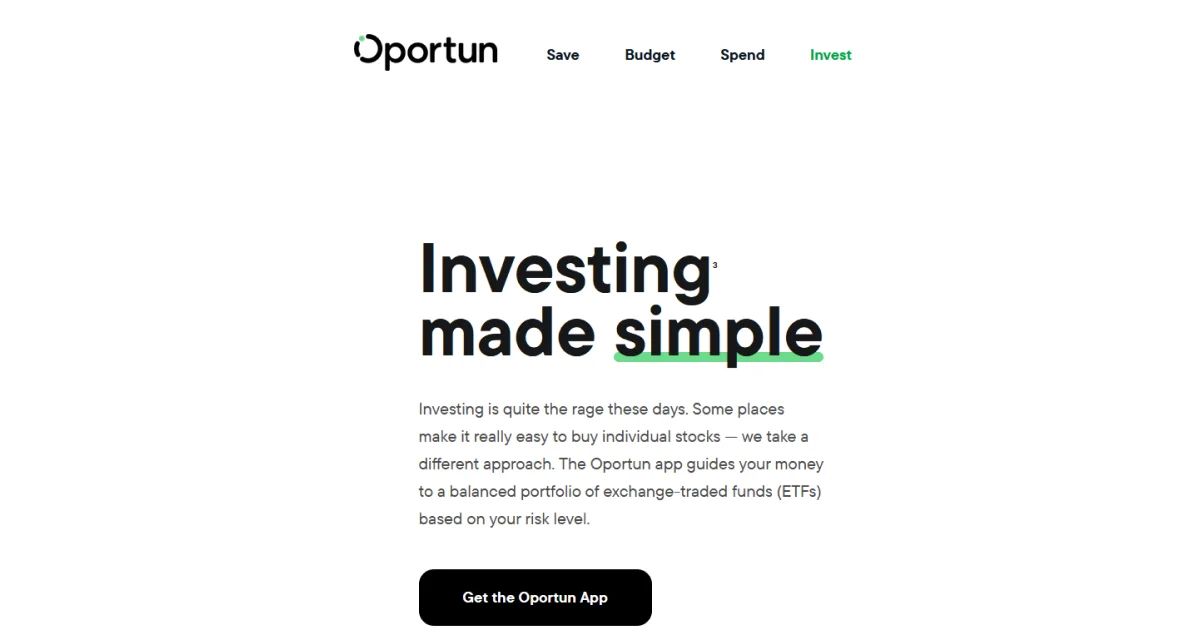
B. Unique Selling Point – Why is Your Product Better Than Others in The Market?
A perfect example is the Fintech giant Mastercard.
They are playing their strongest hand on the main page. Their presence is in every market in the world, and they express it everywhere.

The unspoken message is wherever you are, you still need just one card partner for any transaction.
2. Build Your Ideal Customer Persona From Data
Everyone has a decent understanding of what the word avatar means. You have seen them all over the place.
From James Cameron movies, anime, and games.
So why not make one for your ideal customers and play around to understand what drives them?
How do you make one?
Well, the concept is relatively simple: take your current customers’ data and analyze it to predict behavior.
Remember that you are not creating 2-dimensional representations constructed out of their characteristics like age, gender, ethnicity, etc.
You are also looking into their interaction with your content or products to understand what initiated their action and how long it took them to start working with your company.
The goal is to add more of the same personas to your customer pool.
You are probably running a startup, and your company might not have a large enough data set to create a customer avatar.
Instead, you can get creative and set poles on social networks or run data-gathering email campaigns to get the necessary data to build your customers’ character.
3. Set SMART goals
Coschedule’s research shows that “marketers with SMART goals set are 376% more likely to report success than those who don’t”.
SMART is an acronym for: specific, measurable, achievable, relevant, and timely.
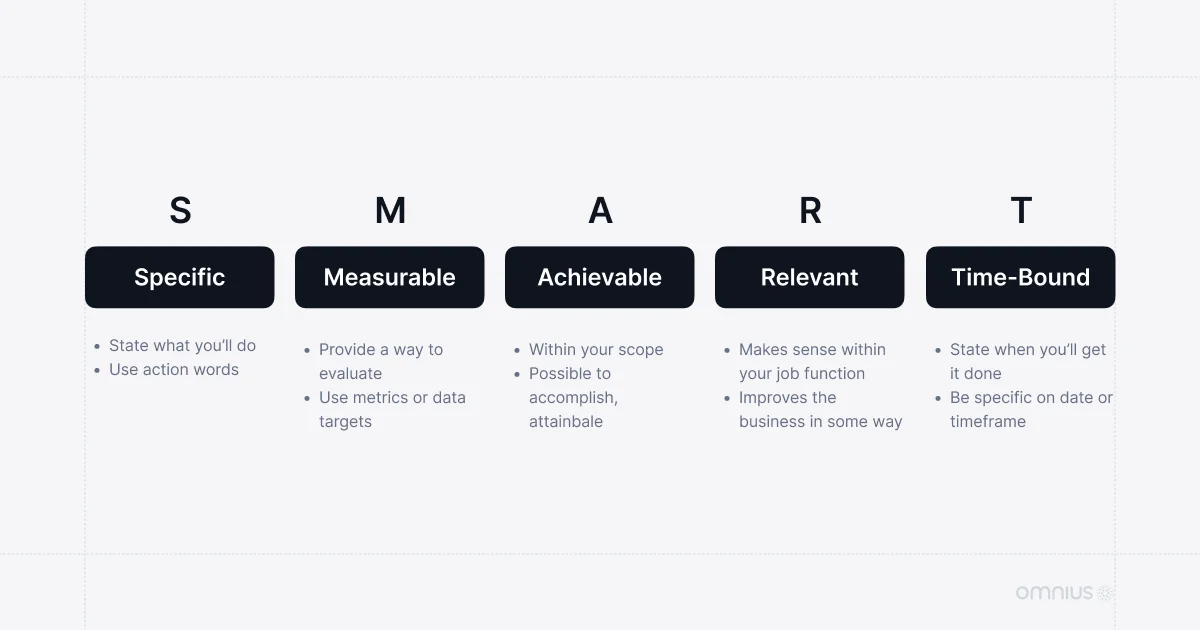
What would that mean in practice?
Take the example of a Fintech company that is looking to increase subscriptions to its online payment system.
The marketing strategy will indicate an increase expected in subscriptions, for instance, 3% or 150 more new subscriptions.
Such numbers are the goal!
However, they need a time frame so we can make a correlation between the content we publish and the increase in subscriptions.
That way it will be much easier for us to track the goals.
But also to align our activities so we can achieve them in the predicted timeframe.
4. Have a Proposed Budget
As in any other business segment, budget is a defining factor in Fintech content marketing.
Budget acts as a limiting factor on tools and personnel.
Marketers use budget and revenue gains to determine what content is worth the investment and what is no longer of use to the company.
In short, Return on Investment(ROI) compares revenue vs. expenses for every set of published content.
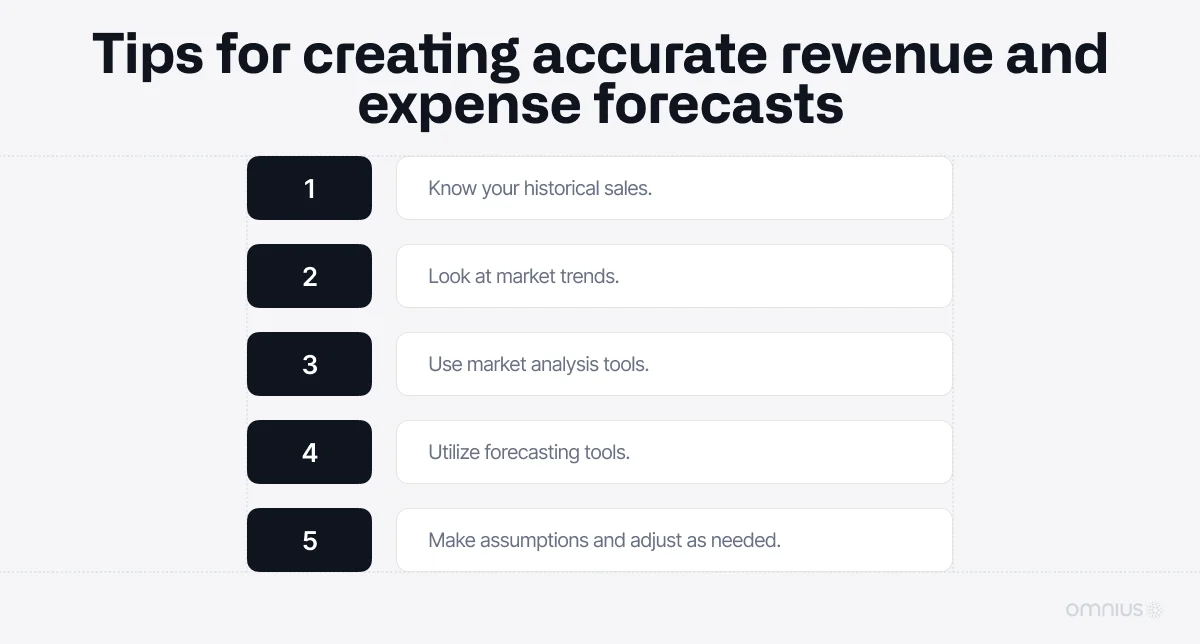
Updating and repurposing already existing content is one of the trade secrets of keeping budgets in check within Fintech content marketing space.
5. Keep In Touch With Current Fintech Marketing Trends
To get the best results from your marketing content, invest time in finding what kind of content attracts your targeted audience and on which platform they consume it.
In the last decade, we have witnessed an increase in views for informative videos.
Research shows that 96% of people have watched an explainer video to learn more about a product or service.
Furthermore, the percentage of people convinced to commit to a product is on a seedy rise, as shown in the chart below.
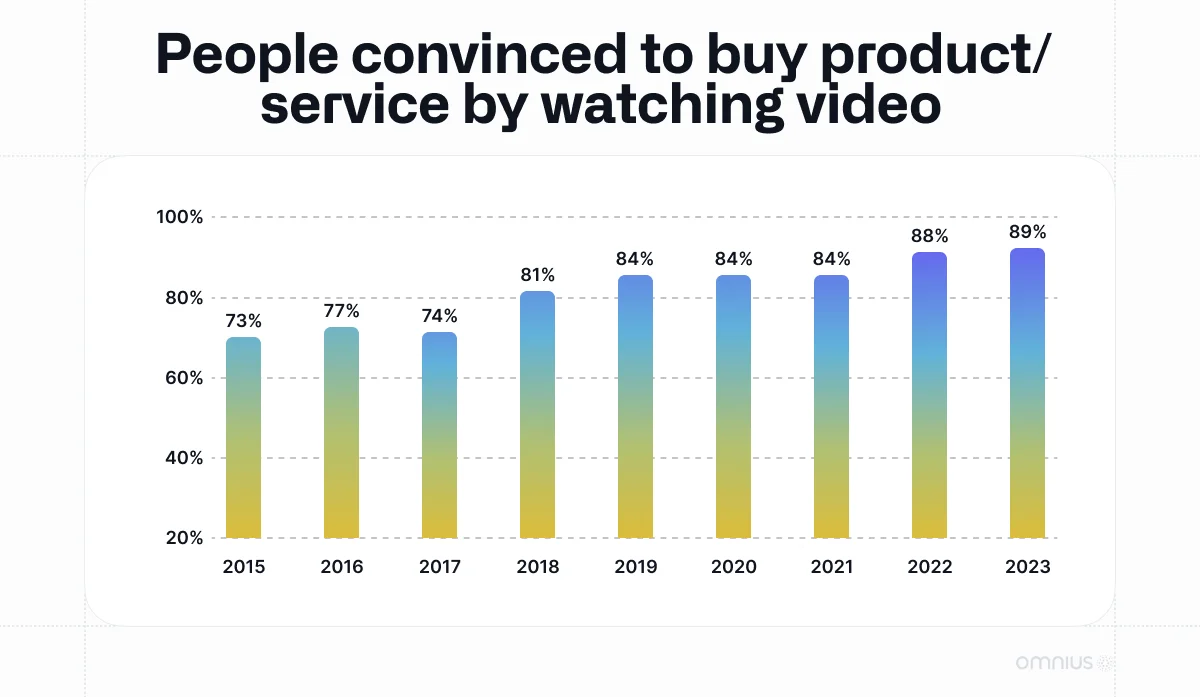
Do we say that video content is a good investment for the Fintech company marketing department?
Yes, for now. As you see interest is getting close to 90% or above, so we expect stagnation at some point.
Do not worry. Some other trend will swing by you, but just need to pay attention to the audience’s needs.
6. Assemble Your Content Marketing Team
Running a marketing campaign for a Fintech company is a job for a team, not one person.
For this reason, companies hire or have retainer specialists for different tasks in content marketing.
A team that carries all tasks needed for Fintech content marketing usually has:
- A specialized Fintech content writer
- An SEO specialist
- A social media manager
- A graphic designer
- A video creator
Content strategy may include secondary tasks for some members of the team. For example, they can help other team members that have a deadline to honor.
Some companies decide, instead of hiring people, to outsource specific tasks to specialists within agencies.
Such practice does cuts on salary budget, and can help you delegate all the content activities to specialists who already have proven results within the niche.
To cut costs and ensure the timely delivery of high-quality content, companies delegate the whole scope of work, from planning and creating to publishing, usually to marketing agencies.
7. Make Sure Your Team Has Tools They Need
Time of pencil and paper in marketing is behind us, especially in content marketing.
For every task your team faces, there is a tool to help them finish it faster and in better form.
For instance, apps such as Ahrefs, Semrush, Answer the Public or some other alternatives are a must-have when your project is in the research phase.
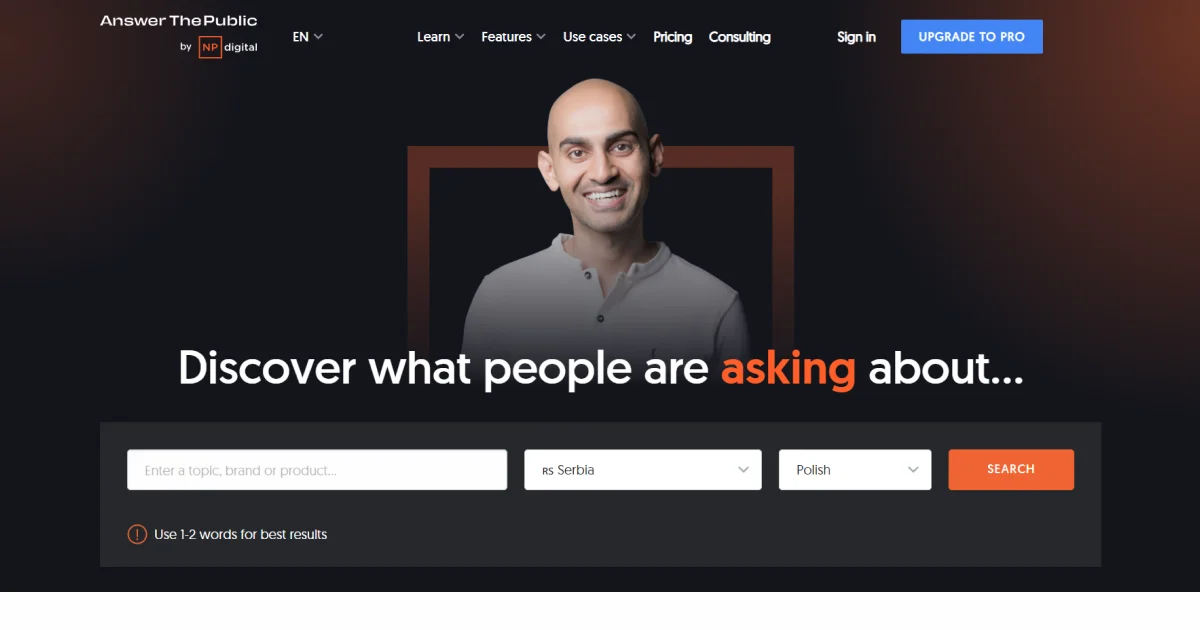
Similar situations are with all aspects of content marketing campaigns. Software developers have an app for every task and every budget, even for free.
We need to single out marketing planning tools as ones you should invest money and time to train your staff.
No matter how good your plan is, if you do not follow it, results will suffer.
For instance, apps like Notion help you and your team keep track of progress on each task to avoid any delays or unneeded suspended time.
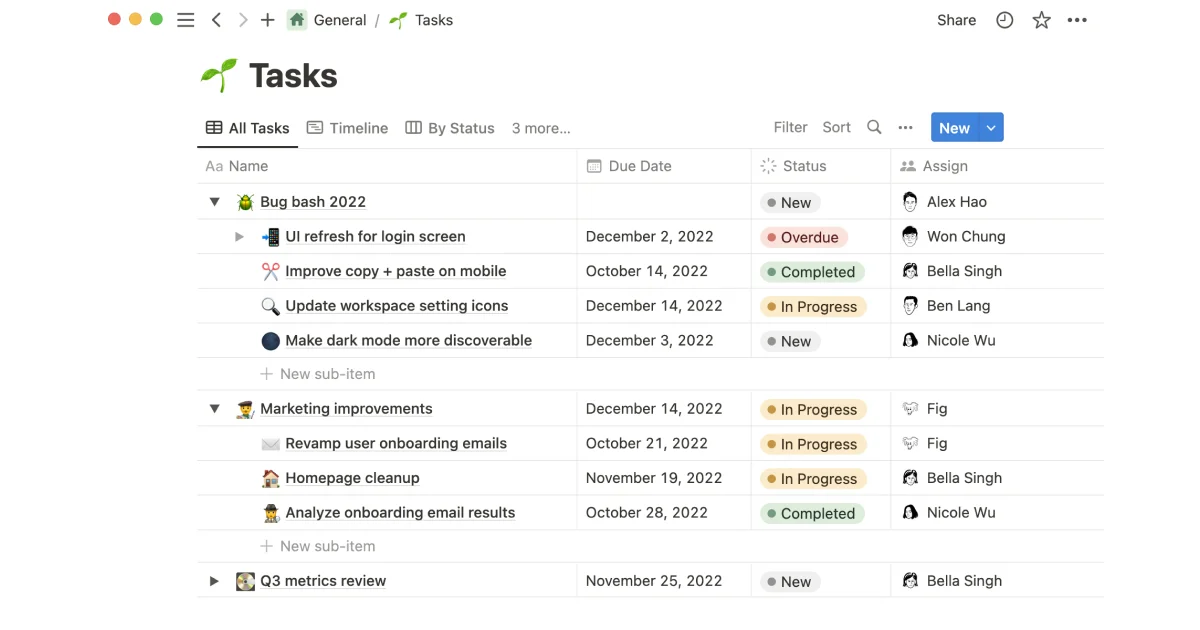
8. Make Time Your Ally
There is time to create, there is time to publish, and there is time to rebuild.
Content management tool helps you keep all tasks in check on schedule, including publishing.
To keep it honest, high-quality content will attract attention no matter when you publish it, but if you time it properly, results will be even better.
There are many factors that affect when is the best time to publish certain content:
A. Product availability
Product development, despite best efforts, can run into problems that can cause delays in release dates.
Your content should prepare the public for deployment day and cover delays.
B. Season
Some parts of the year are not suitable for every type of content you have.
For instance, December is not ideal for pushing partners to commit to contract upgrades.
The reason for this is that most budgets are in the works, and any commitment made can fail in a matter of weeks.
C. Platform Engagement
You are looking for the best platforms to present your product, and platforms have different rules when rating the quality of content.
For example, LinkedIn boosts content that receives engagement in the first hour of publishing.
So with that logic, if you are targeting an audience in the US, it is not a good idea to publish the article after midnight EDT(East Coast).
D. Scheduled industry events
Events like FIMA Live Europe are giant talk generators in the Fintech industry. Your content strategy should include your take on events from the conference.
Show you are relevant and your company is monitoring the industry from all perspectives.
This is a great boost to your brand name recognition.
E. Competitors’ product releases
Keep an eye on scheduled product releases from your competitors.
Reactions from pre-release content can give you data directly from your targeted audience about the latest trends.
In addition, carefully placed content can steal the thunder from their product and allow you to boost your presence.
F. Social Trends
Social trends change more than winds.
For this reason, marketing agencies hire social network specialists.
Believe me, following all trends is a full-time job.
Piggybacking your content on recent trends, such as blockbuster movies, can boost your SEO ratings in a short time.
9. Monitor and Measure Engagement and Feedback
Research shows that 61% of marketers rate updated content as the most effective tool in their branch.
How do you get better results after rewriting content?
Learn from your campaigns by utilizing your analytics platforms.
Measure how well you’ve met your content marketing objectives, track your investment return, and identify where to best-spent resources to drive future ROI.
A good place to start is Google Analytics.
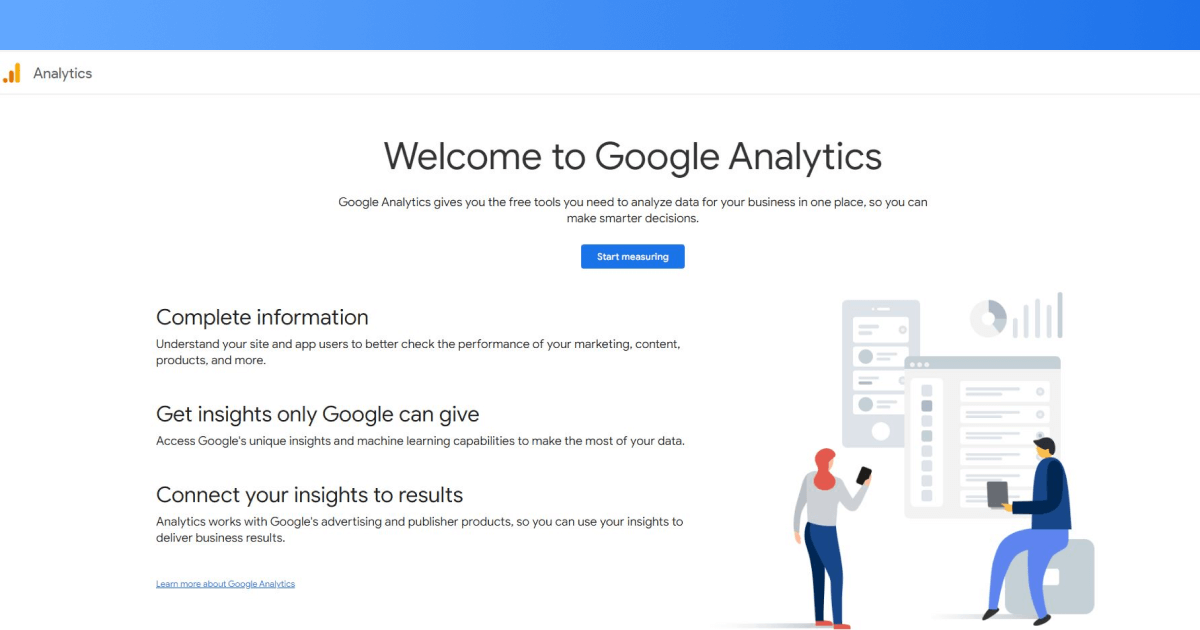
With Google Analytics, you can see your Fintech content value in numbers as a whole set or individual part.
For example, articles with a high number of visitors have great titles and metadata. Longer viewing times and higher engagement with CTA indicate high-quality content that your customers like.
The idea is to combine the best of both segments in every content publication.
To Conclude
Managing to create a fintech content strategy can be such a requiring task if you’re doing it for the first time.
Have you managed to get a silver lining from our proposals?
Have a go at it, and if you end up with some questions, we are here for you.
Write to us, and we’ll gladly answer all your doubts and queries, just as search engines do.
And if you’re ready to dominate the SEO growth and create a Fintech content strategy for your company, then get to work.
You should get it done in-house, or you can let the Omnius team do it for you.
Book a 30-minute call to learn how we can improve your content marketing and how we can help you create a strategy that brings over 50% monthly organic growth.
FAQ
What is a content strategy for Fintech?
A content strategy for Fintech is a comprehensive plan that outlines how a financial technology company will create, distribute, and manage content to achieve specific business goals.
It involves defining target audiences, identifying key messages, selecting content formats, and establishing a roadmap for content creation and promotion within the financial technology industry.
How do you create content for fintech?
Creating content for fintech involves understanding the industry’s complexities, regulations, and customer needs.
It includes conducting market research, developing a content calendar, producing informative and engaging content such as blog posts, articles, infographics, and videos, and optimizing content for search engines (SEO) and social media.
Consistency, accuracy, and compliance with industry standards are crucial.
Nguồn: omnius.so








